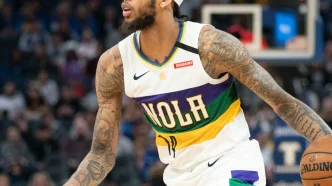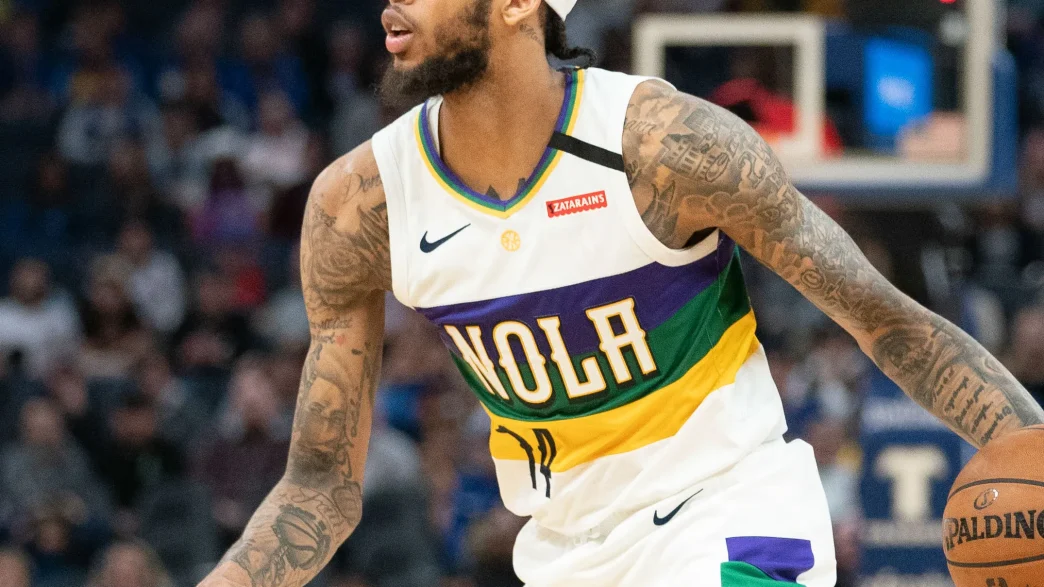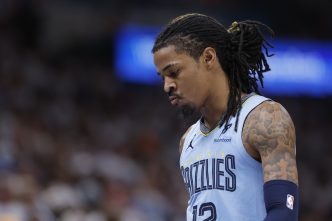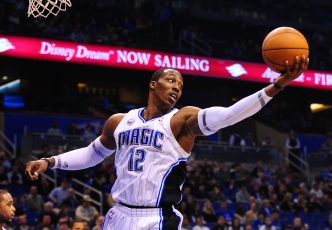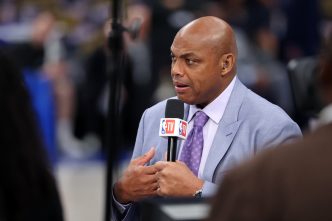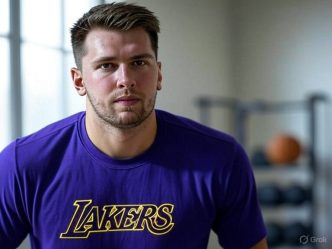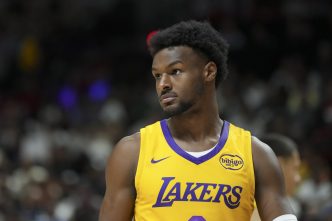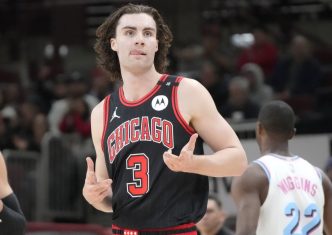The New Orleans Pelicans are shaking things up after a less-than-stellar run during David Griffin’s tenure as executive vice president. With the team failing to reach the playoffs in four out of six seasons under his leadership, it was time for a change. The announcement of Griffin’s firing comes as the franchise looks to redefine its direction and focus on building a sustainable, winning culture in New Orleans.
While the team will retain head coach Willie Green for now, the new front-office exec will have the final say on Green’s coaching future, making this a significant offseason for all involved. Pelicans Governor Gayle Benson articulated the motivation behind this move, emphasizing a need for fresh ideas that can inspire a long-term vision for success—both in the spotlight and in the community. “This was a difficult decision, but one that I feel is necessary at this time,” Benson stated. “I am committed to hiring the right person to lead our basketball operations department and deliver an NBA Championship to our city. That is what our fans deserve.”
Griffin’s departure signals a pivotal moment for the organization. With big decisions ahead, particularly regarding superstar Zion Williamson, the Pelicans are at a crucial crossroads. Williamson’s career has been marred by injuries, and his availability has become a major concern. In his six seasons with the franchise, he has missed more games (268) than he’s played (214). There’s no denying his talent and dominance when on the floor, but the injury woes have stunted his growth and the team’s potential.
Griffin’s time in New Orleans began with promise; he drafted Williamson first overall in the 2019 NBA Draft and orchestrated a blockbuster trade that brought Brandon Ingram, Josh Hart, and three first-round picks to the Pelicans in exchange for Anthony Davis. However, the excitement of those initial moves was quickly dampened when Williamson faced setbacks, including a meniscus tear that kept him out for much of the 2019-20 season. The team finished that year with a disappointing record of 30-42.
In the years that followed, Williamson didn’t play at all during his third season due to a fractured foot, and in his fourth year, he was limited to just 29 games because of hamstring issues. Griffin did try to build around the star duo of Williamson and Ingram, drafting promising young talents like Trey Murphy and selecting Dyson Daniels, Jordan Hawkins, and Yves Missi in successive drafts. The Pelicans showed signs of depth, managing to fill their roster with quality players capable of stepping up when injuries hit.
This past season, however, was an uphill battle. Griffin’s effort to secure former All-Star Dejounte Murray ended in disappointment when he suffered an injury that kept him sidelined for a significant portion of the year. In total, the Pelicans logged only 21 wins during a campaign filled with injuries to key contributors, marking their lowest win total since the 2011-12 season.
Winning the draft lottery in 2019 gave the impression that a cultural transformation was on the horizon for the Pelicans, especially following the turbulent exit of Anthony Davis. Yet, the hoped-for new beginning became complicated as Williamson’s on-court availability and off-court issues continued to create friction. Griffin faced significant challenges in establishing a positive working relationship with the budding star. Reports of tension regarding medical staff during Williamson’s rehab reflected the hurdles they encountered in fostering trust.
Williamson himself had expressed a journey toward collaboration with Griffin in prior seasons, recounting moments of encouragement and newfound trust. Still, back-to-back seasons of injuries and miscommunication continuously resurfaced, complicating their relationship. Notably, both sides have endeavored to bridge gaps—Griffin shifted the team’s medical staff at Williamson’s urging, while Williamson became more open about his conditioning and workout routines.
As the 2024-25 season unfolded, injuries struck yet again, with key players like Williamson, Murray, Murphy, Jones, and CJ McCollum missing a staggering 158 games in total. Ingram also dealt with his share of absences before being traded midseason. This unfortunate trend further hindered the Pelicans’ strategic objectives, as their star trio never had the chance to play a single minute together due to ongoing ailments.
Now, with Griffin’s exit and a new executive search underway, the Pelicans stand at a crossroads, reflecting on their immediate future and potential. Success in the NBA isn’t solely about acquiring star players; it’s about fostering a reliable and cohesive unit that can combat the unpredictability of the league. This marks a new chapter that has the opportunity to redefine what Pelicans basketball looks like going forward.

